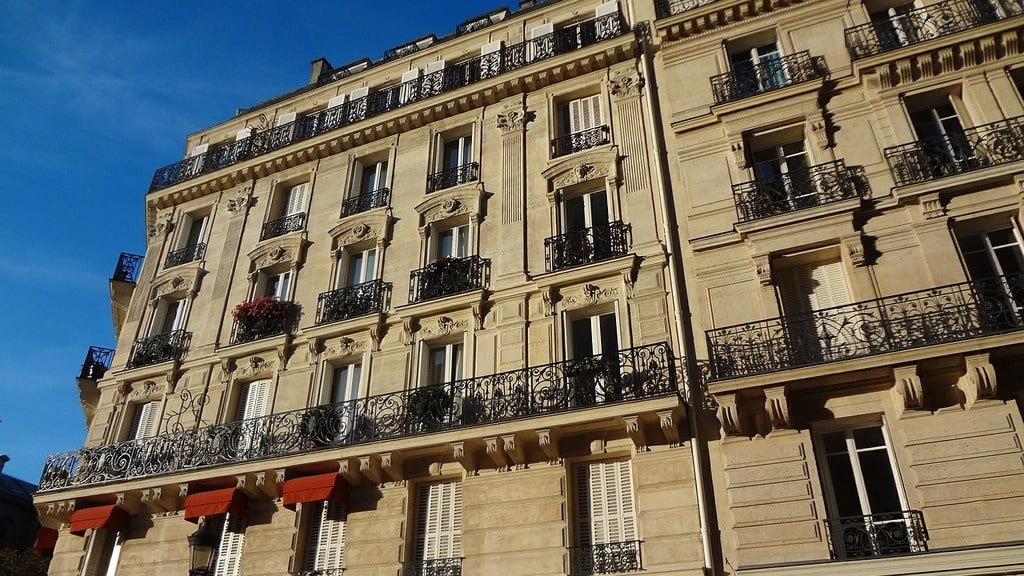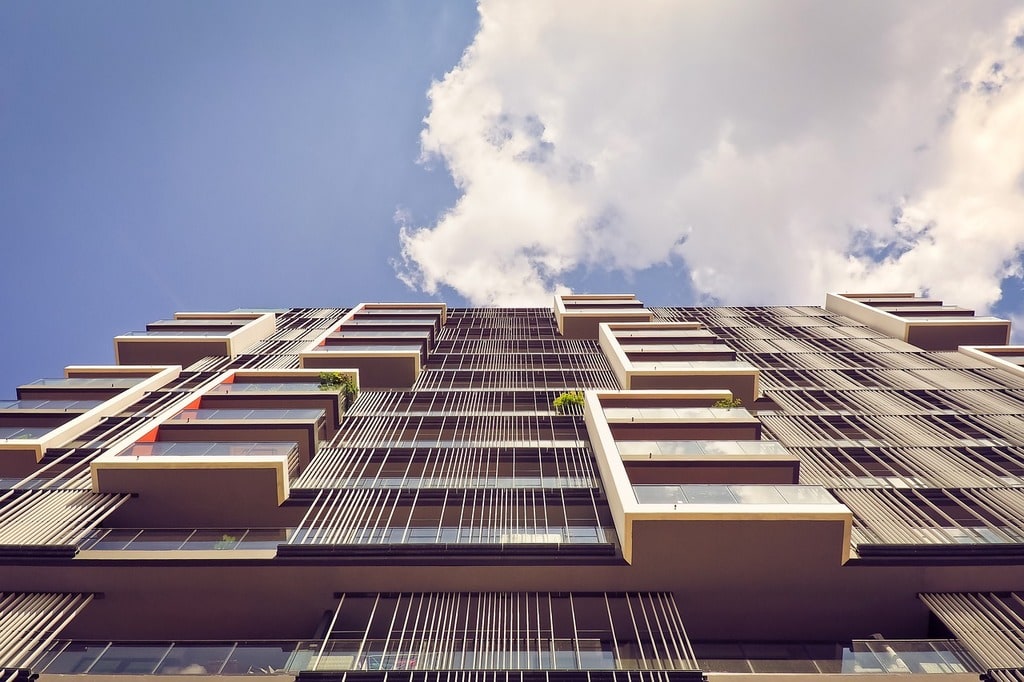Architecture is often seen as a physical manifestation of culture, a tangible expression of a community’s values, beliefs, and social norms. From ancient temples to modern skyscrapers, architectural forms provide a window into the soul of a society, offering insights into how people understand themselves and their environment. Each culture imbues its buildings with meanings and aesthetics that resonate with its unique heritage, shaping both public and private spaces in ways that mirror collective identity and historical continuity.
Understanding how culture influences architectural design
Architectural forms and design approaches vary greatly across regions and epochs, largely influenced by the specific cultural context in which they arise. Elements such as religious beliefs, social organization, economic systems, and climate all play significant roles in the way structures are conceived and executed. In many societies, sacred spaces, like temples and churches, dominate the architectural landscape, reflecting a deeply spiritual worldview. The design of these spaces often emphasizes verticality and grandeur, symbolizing the connection between the divine and the earthly. Conversely, residential and communal buildings may be crafted to align more closely with daily life, expressing familial or communal values through shared courtyards, open interiors, or functional simplicity.
One of the most striking examples of cultural influence in architecture is the concept of *sustainable building*. In cultures that have traditionally valued harmony with nature, such as in parts of East Asia and indigenous societies around the world, architectural forms often incorporate elements of the natural landscape. This might involve using locally sourced materials, designing for energy efficiency, or creating buildings that blend seamlessly with the surrounding environment. *The strong cultural emphasis on sustainability and environmental stewardship in these regions leads to unique architectural forms that reflect a deep respect for natural resources.*

Symbolism and meaning in architectural forms
Architecture serves not only practical purposes but also embodies symbolic meanings that resonate within a culture. Cultural values, beliefs, and aesthetics are often encoded within the structure, materials, and layout of a building. The intricate carvings on temples in Southeast Asia, for example, are more than mere decorations; they depict stories, beliefs, and philosophical ideas that are central to the local culture. Similarly, Gothic cathedrals in Europe were built to inspire awe and convey a sense of divine power, with their towering spires and stained glass windows symbolizing the heavens and the light of spirituality.
Architecture can also function as a form of cultural memory, preserving and transmitting history through structure. The Great Wall of China, for instance, is not merely a defensive barrier; it represents a long history of defense, resilience, and unity. These structures remind people of their heritage, shaping their sense of identity and belonging. *Buildings thus become vessels of cultural expression*, enabling societies to pass down intangible aspects of their identity to future generations.
Adaptation to environment and lifestyle
Another vital factor in the cultural shaping of architectural form is the relationship between people and their natural environment. Climate, geography, and available resources significantly impact architectural design choices, influencing everything from materials used to structural layouts. For example, traditional dwellings in arid regions, such as adobe homes in the Middle East and North Africa, are built with thick walls to retain coolness, reflecting a cultural adaptation to extreme temperatures. Similarly, in tropical climates, elevated houses with open walls promote airflow and protect against flooding, showcasing a unique architectural response to environmental conditions.
A society’s lifestyle and social structure also influence architectural form. In cultures with a strong emphasis on family or community, homes and communal buildings are often designed to accommodate large gatherings, open spaces, and interconnected rooms. In Japan, where minimalism and efficiency are highly valued, traditional houses are compact and modular, with sliding doors that maximize space flexibility. This focus on space efficiency not only reflects practical needs but also resonates with cultural values of simplicity and harmony.
To illustrate these principles in more detail, here are several factors that frequently impact architectural forms around the world :
- Religion and spirituality: many architectural forms serve religious functions, reflecting the significance of spirituality in the community.
- Climate and geography: regional weather patterns and natural resources shape material choices and structural designs.
- Social structure and lifestyle: cultural values about family, social interaction, and privacy influence the layout and function of residential spaces.
- Historical context: wars, migrations, and technological advancements leave a lasting imprint on architectural styles and preferences.
- Technological innovation: access to new materials and construction techniques enables cultural expression through innovative forms.
These examples highlight how cultural and environmental factors intertwine to create diverse architectural landscapes worldwide.
The role of cultural preservation in modern architecture
As modern cities expand and globalization influences architectural trends, there is a growing emphasis on preserving cultural identity through design. In cities with rich historical heritage, new architectural projects often incorporate traditional elements to honor the past while embracing contemporary innovations. This approach helps communities maintain a sense of cultural continuity, allowing the past to inform the present. In Singapore, for example, urban planners integrate traditional shophouse facades into new developments, blending the old with the new and creating a unique architectural identity.
This blending of traditional and modern forms speaks to the role of *architecture as a bridge between the past and the future*. As people around the world seek to preserve their cultural heritage amid rapid modernization, architects are increasingly tasked with designing spaces that honor history while meeting contemporary needs. This trend is especially significant in cities with rich architectural legacies, where communities feel a strong connection to their architectural heritage.
Future directions: cultural expression in sustainable architecture
Today, the convergence of environmental consciousness and cultural expression is reshaping the field of architecture. As communities prioritize sustainability, architects are developing designs that not only minimize environmental impact but also reflect cultural values. This movement towards *green architecture* aligns with the long-standing tradition in many cultures of living in harmony with nature, and it emphasizes the continuity of this value in modern society.
For instance, in Scandinavian countries, where environmental responsibility is deeply ingrained, sustainable architecture is a standard practice. Buildings incorporate energy-efficient materials, green roofs, and renewable energy sources, all of which align with a cultural commitment to environmental stewardship. The role of culture in sustainable architecture demonstrates how societies can use architectural forms to honor their values and address contemporary challenges.
In conclusion, architecture remains one of the most profound forms of cultural expression. From religious monuments to residential spaces, each building reflects a unique convergence of values, beliefs, and environmental adaptations. As architects continue to explore new materials and construction techniques, they will likely draw on the rich cultural heritage of communities worldwide, creating spaces that embody both tradition and innovation. This commitment to cultural integrity in architecture not only preserves the legacy of past generations but also provides future societies with structures that resonate deeply with their own values and experiences.
